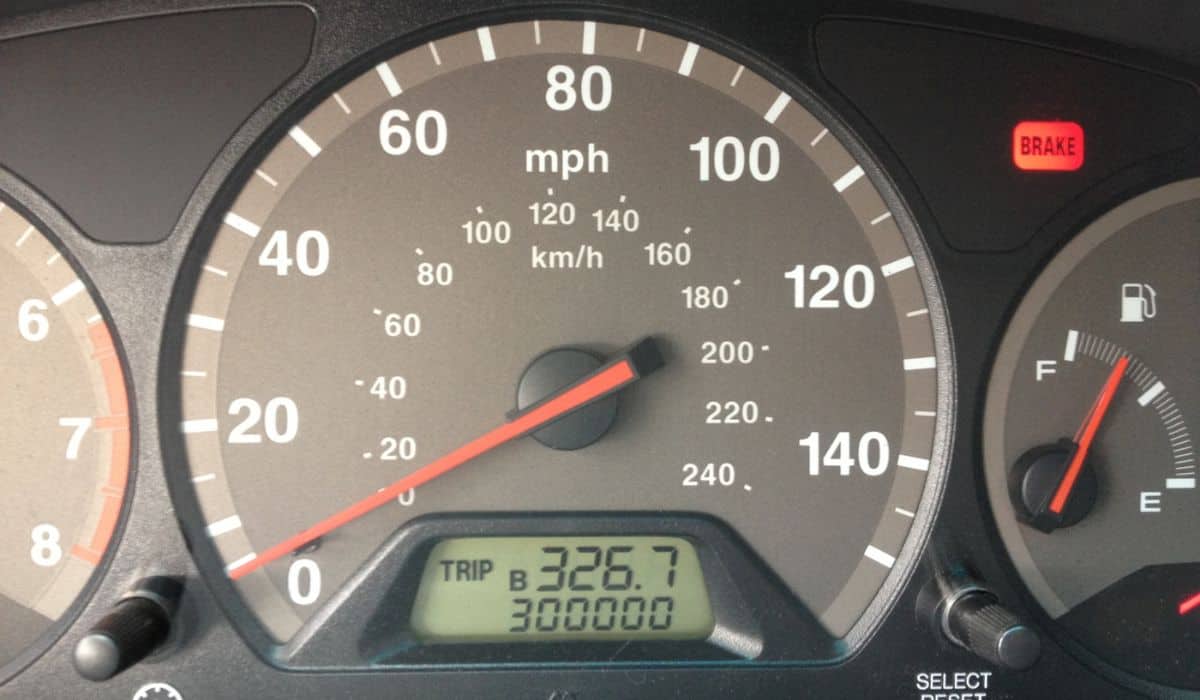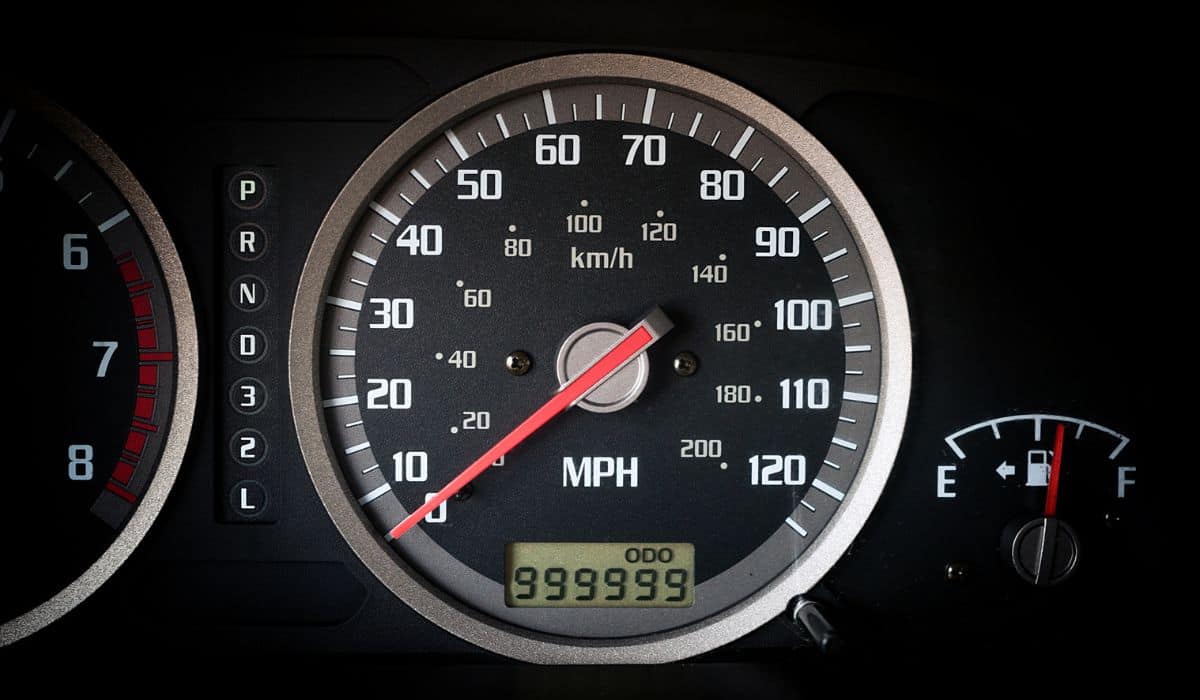Is An Odometer Reading Required On A Title?
Odometer tampering is a common trick that scammers utilize to gain some extra cash from buyers. It’s a fraud that’s punished under federal and state laws. However, sometimes, you may not have the exact odometer reading, especially for older vehicles. But do you still need it on the vehicle title?
An odometer reading is required on a title to protect you from scammers that alter the mileage of a used vehicle. A second-hand vehicle seller can reset both digital and mechanical odometers. Resetting and tampering with odometer readings is a civil and criminal offense with severe penalties.
So, before you go and buy a used car, make sure you get an odometer reading. Also, buy from a reputable seller so you know you are not being scammed. Now, let’s discuss odometer tampering, its consequences, and ways to detect it in detail.
Is an Odometer Reading Required on a Title?

Odometer reading crimes are still a common occurrence in the automobile industry. This is why an accurate odometer reading is required on a title to give buyers the correct information about the mileage of the used vehicle.
If you’re a seller, you should avoid tampering with the odometer and give the buyer the correct mileage reading on an odometer disclosure statement along with the title. The buyer will examine the title with the mileage reading of the odometer to look for any misinformation.
If the buyer finds no mileage alteration or odometer fraud, you can sell your vehicle to them without any worry.
Is an Odometer Disclosure Statement Required in Every State?
In the United States, most used vehicle sellers must give the buyer an odometer disclosure statement before the sale. The used vehicles can be a car, towing, or pickup truck that weighs less than 16,000 pounds or a motorbike that has not been used for more than a decade.
An automobile dealer or seller is obligated under federal law to give the buyer an odometer disclosure statement without any misinformation. This document is a legal process that provides the buyer with a guarantee that the odometer was not altered and that its mileage reading is accurate.
All 50 states of America follow this federal law with all its civil penalties and criminal charges in case of fraud. In addition, an odometer disclosure statement is an important document required for the registration process that transfers the vehicle’s ownership to another person.
Remember to get an odometer disclosure statement specific to your state.
What are the Consequences of Odometer Fraud?
Odometer tampering is a fraud under federal law that applies to all states. This means a person deliberately tampering with the odometer reading of the vehicle to misrepresent its mileage can be charged for that crime under federal law.
The most common perpetrator of odometer fraud is automobile dealers who tamper with the reading to sell the vehicle at a higher price than its actual worth. Similarly, many second-hand car sellers also commit odometer fraud to acquire extra cash from the buyer.
All 50 states have rules and regulations prohibiting any automobile seller from tampering with the odometer or providing misinformation about the mileage to the buyer. Each state also has specific civil penalties and consequences for this criminal activity.
Depending on your state, odometer fraud can be categorized under different types of criminal activity, such as money laundering, illegal profit, deceptive trade practice, conspiracy, mail or wire fraud, counterfeiting, and even forgery.
All these crimes have serious consequences and long-lasting effects, such as getting your name in the criminal database, which will follow you for the rest of your life.
And according to federal law, a seller will have to pay a fine of $10,000 for each violation related to the odometer, in addition to other penalties.
How Can You Tell if An Odometer Has Been Tampered With?

If you aren’t aware of a vehicle’s mechanical or digital components, you may find it challenging to detect whether the odometer has been tampered with. However, the good news is that finding any alteration in the odometer is not impossible.
Here are the necessary precautions you need to take to protect yourself from odometer fraud:
- Search for fingerprints, scratches, or any other prominent marks on or around the car’s circuit board, dashboard, or display. If there are any of these signs, it could mean the odometer reading was changed.
- Always ask the seller for the title before giving away your money. Then, compare the title with the mileage reading of the odometer; if there are no changes, you are good to go.
- Carefully examine the used vehicle’s tires, brakes, and clutch pedals. If these parts show signs of wear and tear but the mileage reading is low, the odometer was rolled back.
A digital odometer can tamper through a car’s easily accessible computer port or circuit board. A seller can easily trick you by re-programming the mileage to show the vehicle has been used a lot, increasing its value through fraud.
Some automobile dealers will go as far as replacing the old memory chip or the used vehicle with a new one to show the car has only traveled a few miles.
Similarly, a seller who is well-equipped with mechanical skills can easily dismantle the odometer, tamper with its readings manually and then reassemble the odometer panel back in its place.
